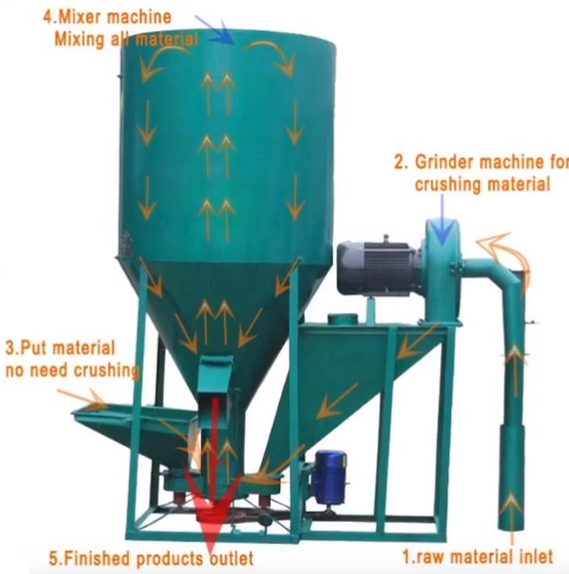Optimizing Poultry Scalding Tanks for Improved Efficiency and Quality in Processing Operations
Nov . 10, 2024 19:25 Back to list
Optimizing Poultry Scalding Tanks for Improved Efficiency and Quality in Processing Operations
Understanding the Poultry Scalding Tank Its Importance and Functionality
In the poultry processing industry, efficiency and hygiene are paramount. One of the crucial steps in the processing of chickens, turkeys, and other poultry is scalding, which is typically carried out in a scalding tank. This article will explore the purpose, design, and operational intricacies of poultry scalding tanks, highlighting their significance in ensuring the production of safe and high-quality poultry meat.
What is a Poultry Scalding Tank?
A poultry scalding tank is a specialized piece of equipment used to prepare birds for plucking after slaughter. Scalding involves immersing the carcasses in hot water, which loosens the feathers, making the subsequent plucking process more efficient. The scalding temperature is a critical factor — it needs to be high enough to facilitate feather removal while preventing the cooking of the meat. Typically, temperatures range from 130°F to 160°F (54°C to 71°C), depending on the type of poultry and the processing requirements.
Importance of Scalding
The primary goal of scalding in the poultry processing line is to achieve optimal feather removal. Effective scalding can reduce the time and labor needed for plucking, thus enhancing productivity. Furthermore, this process serves several important functions
1. Hygiene Control Scalding helps to sanitize the birds by killing surface bacteria, reducing the risk of contamination. The hot water effectively eliminates pathogens that could compromise food safety.
2. Quality Maintenance Proper scalding preserves the quality of the meat by ensuring that the skin remains intact, which is crucial for both aesthetic and culinary purposes. A well-scalded bird is visually appealing and has better qualities for cooking.
3. Processing Efficiency When combined with automated plucking machines, scalding enables a seamless transition from slaughter to processing, streamlining operations and allowing for higher throughput rates.
Design of Scalding Tanks
The design of scalding tanks can vary significantly depending on the processing facility’s needs. There are several common types of scalding tanks used in poultry processing
poultry scalding tank

1. Batch Scalding Tanks This type is typically used in smaller operations and is designed to handle a specific quantity of birds at a time. Birds are submerged in the tank, scalded, and then removed for plucking.
2. Continuous Scalding Systems In larger processing plants, continuous scalding systems are favored. These tanks allow for a steady flow of birds through the scalding process, enabling high-volume processing. Birds move through the tank on a conveyor system, ensuring even exposure to hot water.
3. Immersion vs. Spray Scalding While immersion tanks submerge the poultry in hot water, spray systems use jets of hot water to achieve similar results. Spray systems are often more water-efficient and can be adjusted for different sized birds.
Operating Conditions and Maintenance
Operating a scalding tank requires precise control of temperature and immersion time. Each batch must be carefully monitored to ensure that the birds receive adequate scalding without overexposing them to heat, which can adversely affect meat quality.
Routine maintenance of scalding tanks is critical to ensure their efficiency and hygiene. Regular cleaning prevents the buildup of organic material and decreases the risk of microbial growth. It is also important to routinely check temperature controls and water quality to maintain optimal processing conditions.
Challenges in Scalding
Despite its importance, the scalding process poses some challenges. One of the primary concerns is managing the water temperature effectively. If the temperature is too low, feather removal may be ineffective, while excessively high temperatures can lead to meat cooking, which negatively impacts texture and taste.
Another challenge is ensuring that the scalding process complies with health regulations and industry standards. Continuous testing and monitoring are essential components to guarantee the safety of the final product.
Conclusion
In conclusion, the poultry scalding tank plays a pivotal role in the poultry processing industry. By ensuring effective feather removal and contributing to hygienic processing, scalding tanks enhance overall productivity and meat quality. Understanding the design, operation, and challenges associated with scalding tanks is essential for anyone involved in poultry processing, as it directly impacts the safety and quality of the meat that reaches consumers. In an era where food safety is more critical than ever, scalding tanks represent a vital link in the chain of poultry production.
-
Automatic Feeding Line System-Pan Feeder Nipple Drinker|Anping County Yize Metal Products Co., Ltd.
NewsJul.29,2025
-
Hot Sale 24 & 18 Door Rabbit Cages - Premium Breeding Solutions
NewsJul.25,2025
-
Automatic Feeding Line System Pan Feeder Nipple Drinker - Anping County Yize Metal Products Co., Ltd.
NewsJul.21,2025
-
Automatic Feeding Line System Pan Feeder Nipple Drinker - Anping County Yize Metal Products Co., Ltd.
NewsJul.21,2025
-
Automatic Feeding Line System - Anping Yize | Precision & Nipple
NewsJul.21,2025
-
Automatic Feeding Line System - Anping Yize | Precision & Nipple
NewsJul.21,2025






